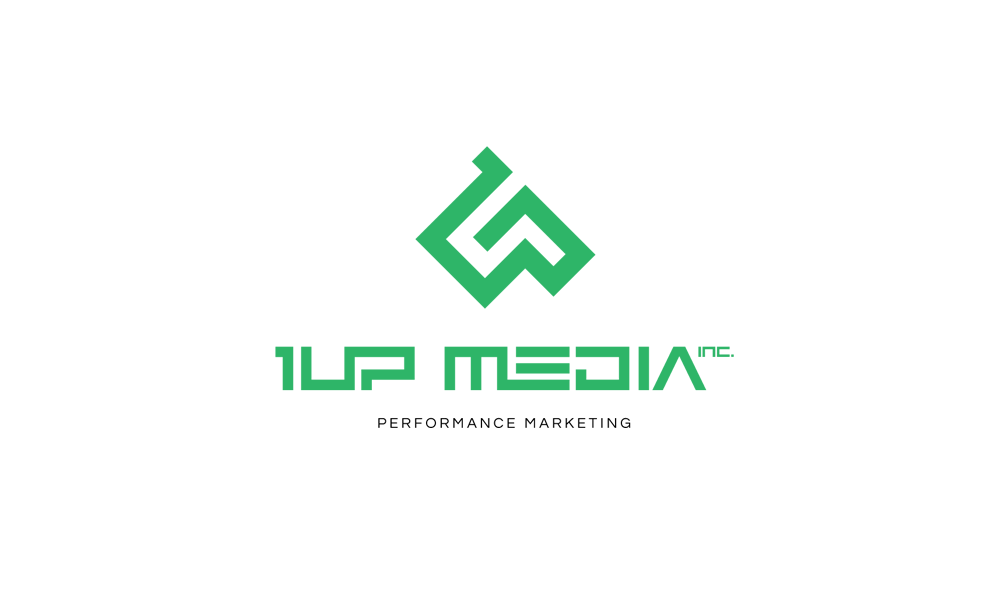Six months ago, you launched “The Ultimate Guide to Remote Work.” At first, it felt like a rocket launch: shares poured in, the visits spiked, and you celebrated a home-run piece. But fast forward to today and you barely notice the slide in performance—sessions hover at a plateau, rankings wobble, and conversions creep downward. Yet few teams ever pause to ask why a page that once dazzled the world now chugs along like a half-starved engine. That silent slowdown is content decay—and it’s costing you real dollars every single day.
In the world of finance, depreciation is a household concept: machinery ages, buildings wear down, patents amortize, and accountants log reserve entries to capture those losses. Marketing, by contrast, tends to treat content as a one-and-done expense. You write it, publish it, maybe promote it, then file it away—rarely revisiting, refreshing, or provisioning for its inevitable slide into obscurity. The result? Hidden liabilities pile up under the hood of your CMS, bleeding away precious ROI with every passing week.
This article peels back the layers of content decay, revealing how pages deteriorate from ideation through distribution, why 70 ¢ of every content dollar evaporates within 90 days, and what you can do to stem the tide before your assets sink beneath the waves. Along the way, we’ll introduce the concept of the URL Ledger™, a financial-grade system that surfaces decay vectors and quantifies your hidden losses in crisp, actionable terms.
From Launch Highs to Long-Term Lows
When you launch a new page, you pour your best ideas into it: keyword research, in-depth interviews, polished visuals, and targeted promotion. It arrives in the digital marketplace like a fresh-picked fruit—ripe, juicy, and bursting with potential. But without an ongoing strategy to preserve and enhance that value, the page ripens too quickly and then begins to rot.
Consider a typical traffic curve. Day 0, you post and push across email, social, and syndication channels. Over the first two weeks, you see 60–70 % of your lifetime traffic. By day 30, you’ve captured roughly 80 % of what that page will ever earn in year 1. From there, the curve plateaus—and then declines. If you do nothing, by day 90 you’re down to 20–30 % of that initial peak.
Why does this happen? Several intertwined forces:
Algorithmic Churn. Google updates its core algorithm multiple times per year—sometimes shaking up SERPs in ways that favor fresh content, sometimes rewarding depth and evergreen authority. Your guide may have launched during an “evergreen-friendly” update; three months later, the wave shifts toward news-centric formats.
Competitive Signals. Other publishers notice your success, create spin-off content, or optimize richer formats (think video summaries, interactive calculators) that chip away at your ranking authority.
Link Rot & Pruning. Over time, external sites remove or archive pages that once linked to yours, and you may forget to update internal navigation, letting valuable link equity leak out.
Cannibalization Debt. Unbeknownst to you, other posts in your cluster—perhaps evergreen product pages or newer trend pieces—begin to encroach on the same search intent, splitting attention and authority.
User Behavior Shifts. Audience interests evolve, keywords change in popularity, and new formats (podcasts, shorts, AI-generated snippets) capture the clicks that once belonged to your text-heavy guide.
Each of these forces nudges value downward. Left untracked, these declines masquerade as stable or “good enough” performance, because sessions flatten and bounce rates stabilize. But in reality, your page is hemorrhaging potential revenue.
Quantifying Decay: A Financial-Grade Approach
In corporate accounting, depreciation isn’t a guess—it’s calculated using established formulas. Why not apply the same rigor to content? A simple exponential decay model offers a surprisingly accurate first pass:
Vt=V0×e−λt
V0V_0V0 is the page’s peak value at launch (in revenue-equivalent terms).
VtV_tVt is its value ttt days later.
λ\lambdaλ is the decay constant—your page’s weekly or monthly erosion rate.
On average, data from hundreds of B2B and B2C sites shows a decay constant in the range of 0.02–0.03 per week. Plugging in λ=0.025\lambda = 0.025λ=0.025, you lose roughly 7 % of value each week—40 % in a quarter. That aligns with the industry truism that 60 % of content ROI vanishes in 90 days.
But the beauty of the URL Ledger™ is that it doesn’t rely on a one-size-fits-all constant. By integrating with Google Search Console and the VerbEdge URL Decay Calculator, the Ledger imports your actual traffic and ranking data, fits a custom decay curve for each URL, and surfaces the precise λ\lambdaλ you’re experiencing. Suddenly, you’re not guessing; you’re seeing real-time decay metrics:
“This cornerstone guide on Martech Stack Optimization has a weekly λ\lambdaλ of 0.018—faster than the portfolio average of 0.012.”
That insight triggers a maintenance play: schedule a content refresh, rebuild key internal links, and assess any cannibal collisions—all before the damage compounds beyond repair.
The Cost of Neglect: Hidden Liabilities on Your Balance Sheet
In finance, unreserved depreciation silently erodes shareholder equity. In content, untracked decay hides beneath traffic charts, creating a false sense of security. But if you could convert that hidden loss into an explicit line item—say, Content Depreciation Reserve: $25,000—you’d prioritize maintenance, updates, and strategic merges the same way a CFO funds equipment overhauls or software upgrades.
Worse still, content decay often leads to cascading failures:
Threaded Cannibalization. A neglected asset becomes fertile ground for cannibal clusters. As you publish derivative content—“2025 Trends in Remote Work,” “Hybrid Office Design Guide,” “Top 10 Tools for Virtual Teams”—without reconciling with your flagship post, you fracture your authority across multiple URLs. Each fragment yields less than the whole.
Portfolio Underperformance. Your domain’s overall “credit rating” suffers. Instead of a robust AAA profile, you end up with a series of BBB–CCC pages that only deliver inconsistent, low-yield traffic. That makes it harder to win featured snippets, outrank competitors on high-value terms, and defend against sudden algorithmic shifts.
Resource Misallocation. Teams waste cycles promoting decaying content, chasing diminishing returns, rather than reinvesting in high-potential assets. Editorial calendars fill with new drafts instead of refresh tasks, compounding the problem.
These are real costs—real dollars that walk out the proverbial door when content decays unchecked. And they deserve to be budgeted for, just like equipment repairs or software license renewals.
A Story of Rescue: How One Brand Stopped the Bleed
A mid-market SaaS company once approached us after a year of flatlining blog performance. They churned out two posts per week, amassed hundreds of articles, and still saw no net lift in qualified leads. Their team was stuck in a cycle: produce more content, hope for miracles, watch metrics plateau.
We ran a 30-day URL Ledger Audit, mapping decay rates and cannibal clusters across their top 200 URLs. The results were stark:
18 % of pages had λ>0.03\lambda > 0.03λ>0.03 per week—double the portfolio average.
27 % of clusters showed at least one cannibal collision above the 80 % similarity threshold.
Their top-10 flagship assets were only driving 12 % of total blog-attributed revenue—a misallocation of traffic equity.
Armed with that insight, they executed a targeted recovery roadmap:
Refresh & Amplify. Quarterly updates on the 36 worst-decaying assets, enriching with new data, visuals, and user stories.
Merge & Redirect. Consolidated 22 cannibal clusters via 301 redirects and merged content, preserving link equity.
Authority Reinvestment. Allocated 15 % of monthly editorial hours to internal link restructuring, focusing on underperforming pillar pages.
Within 90 days, they recorded a 24 % uplift in blog-driven MQLs, and a 19 % increase in trial sign-up conversion rates. Best of all, those gains weren’t driven by new content but by rescuing underperforming assets—an ROI multiple that echoed a high-yield bond portfolio.
Your Next Move: Shine a Light on Decay
Content decay doesn’t wait for quarterly reviews. It happens every day, piece by piece, draining the value you once worked so hard to create. If you continue to treat your URLs like static posts, you’ll keep watching precious ROI slip through the cracks. But by adopting a URL Ledger™ approach—measuring decay, provisioning for depreciation, and surfacing cannibal liabilities—you transform hidden losses into proactive recovery plays.
Ready to stop the bleed?
Run Your Free 60-Second URL Ledger Audit
Paste your domain, connect your GSC and GA4 data, and receive an instant heat-map of your worst decaying URLs and cannibal clusters.
Try the Ledger AuditBook a Live Demo
Watch the URL Ledger™ in action: see decay curves animate, cannibal collisions light up your cluster map, and generate prioritized playbooks with revenue forecasts built-in.
Schedule My Demo
Content doesn’t expire—it depreciates. The sooner you shine a light on decay, the more of your precious investment you’ll preserve. It’s time to stop chasing new assets and start capitalizing on the ones you already own.


No comment yet, add your voice below!